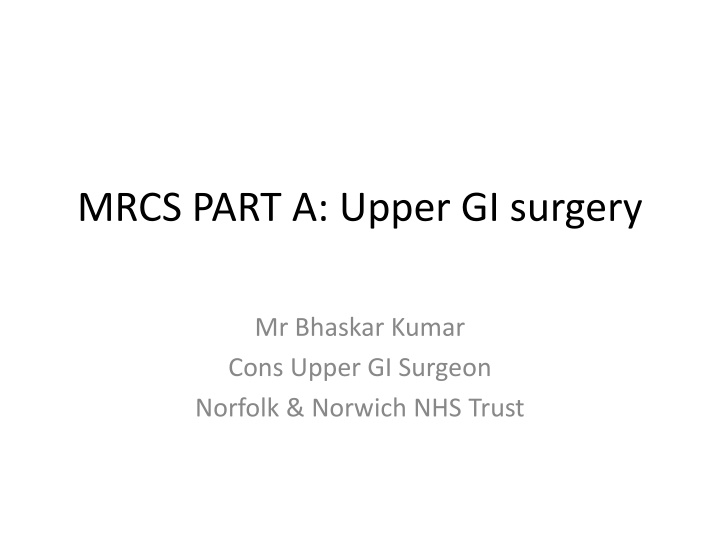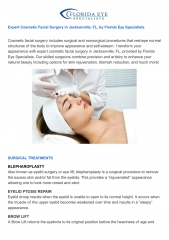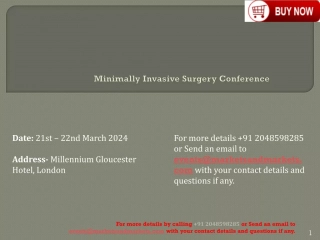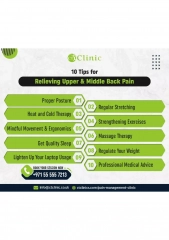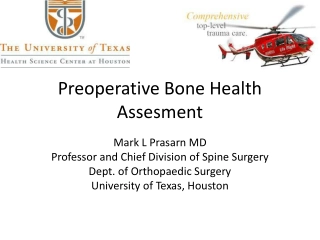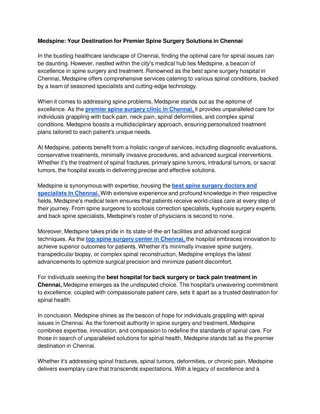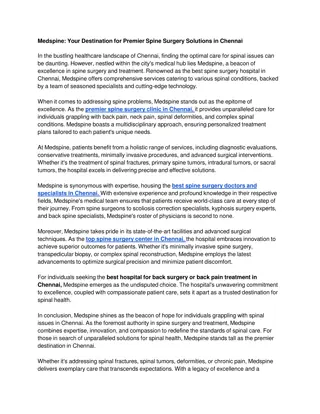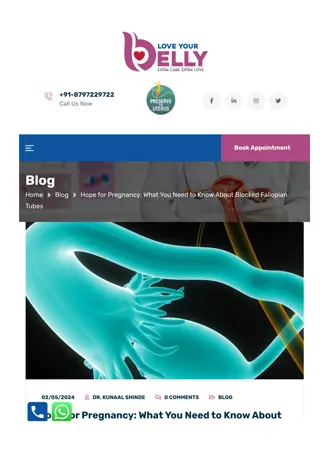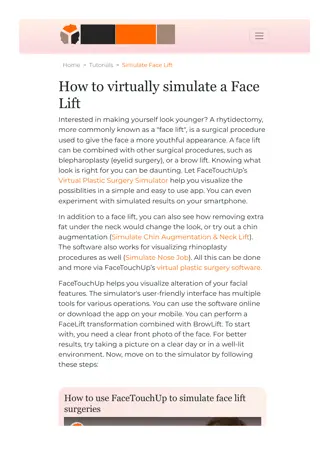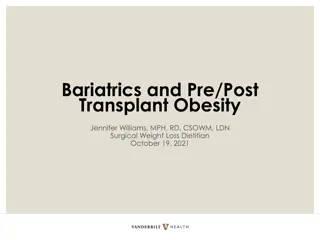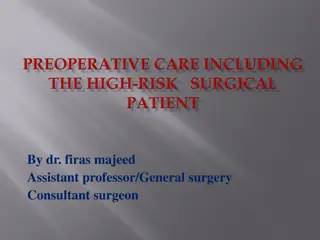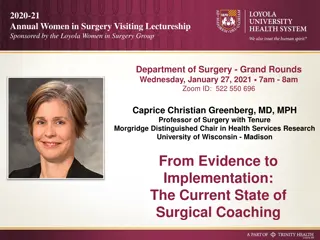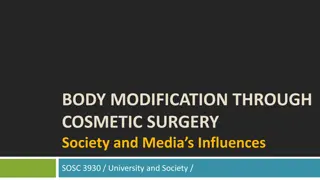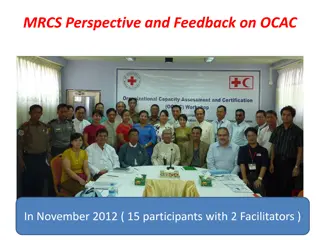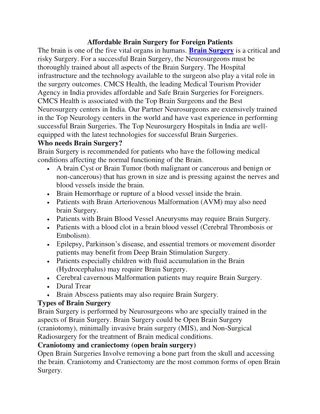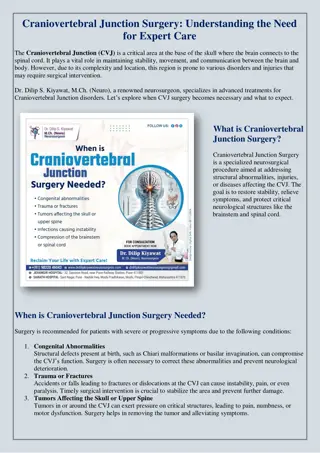MRCS PART A: Upper GI surgery
A case study involving acute pancreatitis leading to ARDS and the management of ARDS. Discussion on causes, definition, and treatment strategies. Another case study on H. pylori infection and peptic ulcer disease with emphasis on endoscopic management and applied anatomy.
Download Presentation

Please find below an Image/Link to download the presentation.
The content on the website is provided AS IS for your information and personal use only. It may not be sold, licensed, or shared on other websites without obtaining consent from the author.If you encounter any issues during the download, it is possible that the publisher has removed the file from their server.
You are allowed to download the files provided on this website for personal or commercial use, subject to the condition that they are used lawfully. All files are the property of their respective owners.
The content on the website is provided AS IS for your information and personal use only. It may not be sold, licensed, or shared on other websites without obtaining consent from the author.
E N D
Presentation Transcript
MRCS PART A: Upper GI surgery Mr Bhaskar Kumar Cons Upper GI Surgeon Norfolk & Norwich NHS Trust
A 32 year old man presents to the acute surgical unit with acute pancreatitis. Over the next few days he becomes dyspnoeic and his saturations are 89% on air. A CXR shows bilateral pulmonary infiltrates. His CVP pressure is 16mmHg. What is the most likely diagnosis? A. Cardiac failure B. Pneumococcal pneumonia C. Staphylococcal pneumonia D. Pneumocystis carinii E. Adult respiratory distress syndrome
Group Discussion Points: A. What is the definition of ARDS ? Defined as an acute condition characterized by bilateral pulmonary infiltrates and severe hypoxemia (PaO2/FiO2 ratio < 200) in the absence of evidence for cardiogenic pulmonary oedema (clinically or pulmonary capillary wedge pressure of less than 18 mm Hg). A. What are the causes of ARDS ? Causes Sepsis Direct lung injury Trauma Acute pancreatitis Long bone fracture or multiple fractures (through fat embolism) Head injury (causes sympathetic nervous stimulation which leads to acute pulmonary hypertension)
What is the management of ARDS ? Treat the underlying cause Antibiotics (if signs of sepsis) Negative fluid balance i.e. Diuretics Recruitment manoeuvres such as prone ventilation, use of positive end expiratory pressure Mechanical ventilation strategy using low tidal volumes, as conventional tidal volumes may cause lung injury (only treatment found to improve survival rates)
A 63 year old man who smokes heavily presents with dyspepsia. He is tested and found to be positive for helicobacter pylori infection. One evening he has an episode of haematemesis and collapses. What is the most likely vessel to be responsible? A. Portal vein B. Short gastric arteries C. Superior mesenteric artery D. Gastroduodenal artery E. None of the above
Group Discussion Points: A. Applied anatomy of how posterior DU erodes gastroduodenal artery A. H pylori and peptic ulcer disease B. Endoscopic management of peptic ulcer bleed A. Show endoscopic image of peptic ulcer etc.
Talks: A. Applied anatomy of how posterior DU erodes gastroduodenal artery A. H pylori and peptic ulcer disease B. Endoscopic management of peptic ulcer bleed A. Show endoscopic image of peptic ulcer etc.
Session Summary: Topics covered: Acute Pancreatitis Surgical anatomy of peptic ulcer disease
